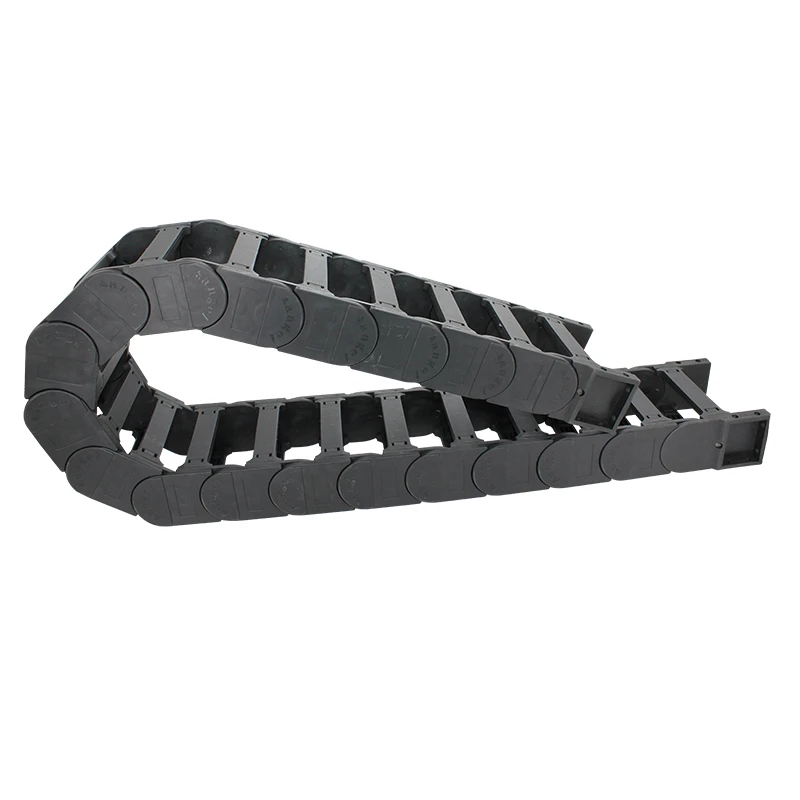cable carrier systems
Cable Carrier Systems An Overview
Cable carrier systems, also known as cable management systems, play a crucial role in modern industrial applications. These systems are designed to organize and protect electrical cables and hoses in various settings, from manufacturing facilities to aerospace engineering. The ever-increasing demand for efficient and safe cable management solutions has propelled the development and implementation of innovative cable carrier systems across multiple industries.
The Functionality of Cable Carrier Systems
Cable carriers serve several vital functions. Primarily, they prevent tangling and wear of electrical cables and hoses, significantly prolonging their lifespan. They provide a structured pathway that allows for smooth cable movement, especially in dynamic environments where machinery and equipment might move. This is particularly important in industries such as robotics, automotive manufacturing, and construction, where repetitive motion can cause significant wear on unprotected cables.
Moreover, cable carriers help in managing the weight distribution of cables and hoses. Systems designed with the appropriate load-bearing capacity can reduce stress on connections and prevent premature failure. By keeping cables organized, these systems also enhance the aesthetics of a workspace, contributing to better overall safety and efficiency.
Types of Cable Carrier Systems
There are various types of cable carrier systems available, each tailored to specific application needs. The most common types include
1. Open Cable Carriers These are ideal for applications with light to moderate loads. They consist of a series of linked supports that form an open channel, allowing for easy access to cables and hoses. They are often used in applications where frequent modifications are required, such as automation and assembly lines.
2. Closed Cable Carriers Designed to provide maximum protection, closed carriers shield cables from dirt, debris, and environmental factors. These carriers are typically used in harsh environments, such as mining or outdoor applications, where exposure can lead to rapid wear or failure of cables.
cable carrier systems

3. Flexible Cable Carriers These systems are engineered to accommodate dynamic movements and bending, making them suitable for robotic arms and moving equipment. Their flexibility allows for smooth and uninterrupted cable movement, which minimizes friction and wear.
4. Heavy-Duty Cable Carriers For applications that involve significant weight or continuous motion, heavy-duty carriers are constructed with robust materials and reinforced designs. They are often found in industries like construction and heavy machinery, where durability is paramount.
Benefits of Implementing Cable Carrier Systems
Implementing cable carrier systems brings numerous benefits to industrial operations. Firstly, these systems enhance safety by preventing tripping hazards and accidental disconnections that can occur with loose cables. A well-organized cable management system minimizes the risk of damages and associated costs.
Secondly, cable carriers improve operational efficiency. By ensuring that cables and hoses are easily accessible and properly organized, technicians can perform maintenance tasks more quickly and with less downtime. This speed not only boosts productivity but also promotes a smoother workflow, which is vital in high-pressure environments.
Moreover, cable carriers contribute to the longevity of cables and hoses. With reduced wear and better protection from the elements, businesses can avoid the costs associated with frequent replacements. This longevity is particularly important in industries where equipment uptime is critical, as any downtime can lead to significant financial losses.
Conclusion
In conclusion, cable carrier systems are indispensable in managing the complex networks of cables and hoses that are an integral part of modern industrial operations. With various types available to suit different applications, these systems not only enhance safety and efficiency but also contribute to the longevity of electrical components. As industries continue to evolve, the importance of effective cable management will only grow, making cable carrier systems a critical investment for businesses aiming to streamline operations and reduce costs. Embracing these systems will ensure that organizations can keep pace with technological advancements while maintaining safety and efficacy in their workplaces.








